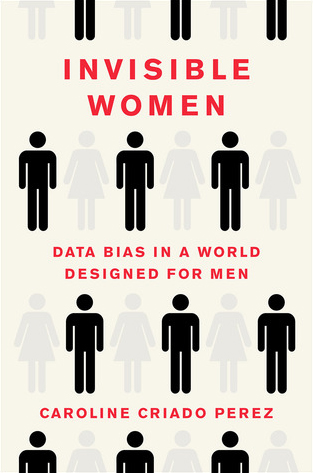The gender equity medical device data gap of high-quality, gender-specific data represents a critical challenge in healthcare, particularly in the development and efficacy of medical devices for women. Drawing upon Caroline Criado Perez’s insightful work, “Invisible Women: Data Bias in a World Designed for Men,” and the commentary “Medical Devices, Invisible Women, Harmful Consequences,” by Phillips et al. this blog outlines the gender data gap’s implications on women’s health and lists strategic measures for its integration into medical device regulatory frameworks and design processes.
The Imperative for Gender-Specific Data
Ensuring Quality and Relevance
The foundation of addressing the gender equity medical device gap lies in the prioritization of high-quality, gender-specific data. Perez highlights numerous instances where the exclusion of women from clinical research has led to a skewed understanding of health outcomes. For example, the standard crash test dummy used in car safety testing is historically modeled after the average male body and overlooks the physical differences between genders, leading to higher rates of injury for women in car accidents.
In the medical device field, Phillips et al. describes how the surgical mesh originally designed for male hernia repairs were used in women for trans-vaginal implantation without additional post-op research, assuming that “[women were anatomically and biologically identical to men and therefore need not be studied.] [A failure to consider female biology rendered women invisible and characterizes the resulting gender bias].” After numerous reports of post-op complications from pelvic mesh, Health Canada withdrew approval in 2019 for the trans-vaginal implantation of mesh in posterior prolapse repair, four months after the FDA recommended against mesh for anterior repairs.

Adopting a Fit-for-Purpose Assessment
A ‘fit-for-purpose’ assessment is crucial for evaluating the suitability of gender-specific data in regulatory decisions. Perez and Phillps et al. discuss the impact of heart disease research primarily focused on male symptoms, which has led to underdiagnosis and undertreatment of heart disease in women. This example underscores the need for data that is not only relevant but also reliable in reflecting the health outcomes of women, ensuring that medical devices and treatments are appropriately tailored.
Innovating with Gender in Mind
Reflecting Diversity in Study Design
The adaptability of real-world data (RWD) supports various study designs, offering an opportunity to incorporate gender considerations into research methodologies. Perez points out the historical bias in drug dosage recommendations, which often do not account for differences in body composition and metabolism between men and women. By promoting innovative study designs that leverage gender specific RWD, researchers can improve the understanding of gender differences in health and medical treatment, leading to more inclusive medical devices.
Aligning with International Gender Data Standards
Global consensus on standards for collecting and utilizing gender-specific data is essential for harmonizing medical device regulations and developing gender equity medical devices. Perez and Phillips et al. work suggests that international collaboration and standard-setting can help ensure that gender considerations are uniformly integrated into medical device development and approval processes, facilitating more efficient market access for innovations that cater to both men and women.
Enhancing Transparency and Accountability
Comprehensive Documentation of Gender-Inclusive Research
The integrity of the regulatory process depends on detailed documentation and reporting of research that includes gender-specific data. Perez and Phillips et al. advocate for transparency in how gender data is used to support regulatory decisions, emphasizing the need for detailed documentation practices that ensure the reproducibility and verification of gender-inclusive research findings.
In 2019, Health Canada acknowledged the need to protect women from device harm when it established the Scientific Advisory Committee on Health Products for Women. As of December 2023, FDA’s Office of Women’s Health (OWH) advocates for the participation of women in clinical trials, and supports scientific sex differences research within and outside FDA, stating that, “Research has shown that biological differences between men and women (differences due to sex chromosome or sex hormones) may contribute to variations seen in the safety and efficacy of drugs, biologics, and medical devices.”
Charting a Course for Gender-Inclusive Healthcare Innovation
The integration of gender-specific data into healthcare research and medical device development is not just a regulatory requirement but a moral imperative. “Invisible Women” serves as a critical call to action, highlighting the necessity of bridging the gender data gap to ensure healthcare advancements benefit everyone, regardless of gender. By collaborating to prioritize gender inclusivity at every stage of medical innovation, regulatory bodies, industry stakeholders, and the research community can pave the way for a future of gender equity medical devices where healthcare is truly inclusive and equitable.
Photo: Invisible Women: Data Bias in a World Designed for Men – Caroline Criado Perez
Alexandra (Sandy) Reid is a StarFish Medical QA/RA specialist. She brings years of experience working in the industry. Sandy supports the QA/RA team in helping clients develop and deliver FDA Approved or Cleared Medical Devices.